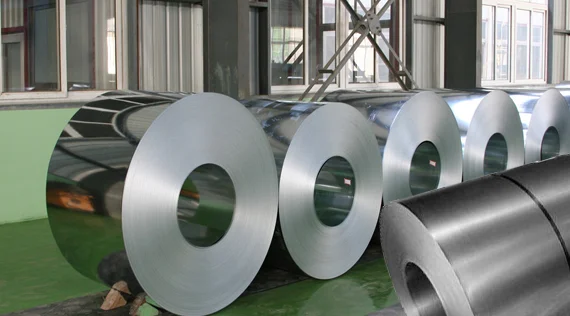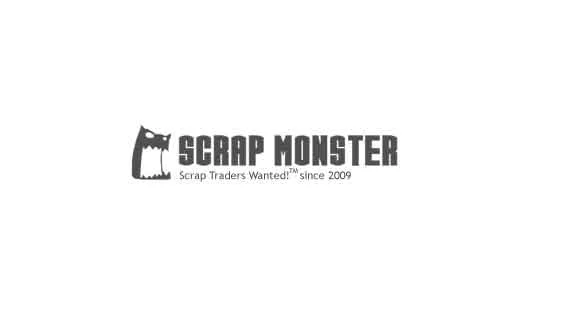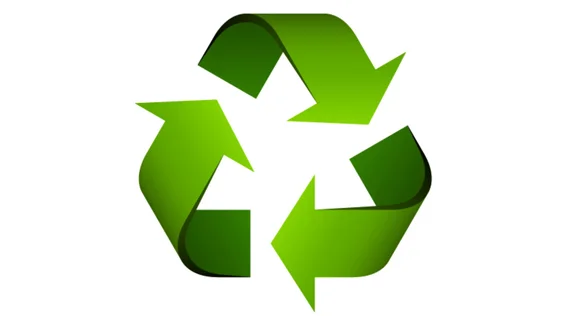Metallurgical coal price trends have essentially become a competition for supremacy between India and China.
SEATTLE (Scrap Monster): The global outlook for steel is increasingly shaped by a decline in Chinese crude steel production, which is expected to limit long-term growth. While India and Southeast Asia are poised to lead incremental supply increases, the transition towards greener production methods is becoming a significant factor. The use of Electric Arc Furnaces (EAFs) is anticipated to rise as emission reduction targets gain prominence. However, cost-sensitive economies are likely to continue relying on the traditional blast furnace-basic oxygen furnace (BF-BOF) method.
The ongoing energy transition is set to undermine demand for steel raw materials. A combination of falling hot metal production, particularly in China, and a shift towards increased scrap usage is projected to reduce iron ore demand by approximately 270 Mt over the next decade, equating to about 20% of China’s current consumption. This decline would be more pronounced if not for the rising demand for Direct Reduced Iron (DRI) as a metallic source for EAFs. Additionally, met coal demand is expected to see significant reductions, with a decrease of 130 Mt this decade and a total fall of 247 Mt (around 23%) by 2050. Meanwhile, the decarbonisation agenda will drive an increase in scrap blending, resulting in an additional demand of 370 Mt of scrap from the steel sector.
Demand and supply dynamics of the iron ore market
Global iron ore demand is projected to contract by 62 Mt over the next decade, primarily due to declining hot metal production in China. However, the increased production of DRI will help support some level of demand. The share of the iron ore market delivered via seaborne trade is expected to shrink from 64% to 45% by 2050, largely driven by reduced demand from China, which currently accounts for over 60% of the global iron ore market. In response, Brazil, India, and Africa are anticipated to contribute an additional 508 Mt of new supply by 2050, while major Australian miners are also expected to ramp up production, with Rio Tinto's Simandou mine projected to commence output in 2025.
In the long term, the seaborne supply of iron ore may exceed demand, potentially putting downward pressure on prices. However, the quality differential in iron ore will widen as the steel industry faces increasing pressure to meet decarbonisation targets. This shift will drive steel mills to prioritize the use of more efficient high-quality feedstock to reduce energy consumption and emissions. Consequently, suppliers of high-grade, low-impurity ores are likely to be well-positioned in this evolving market landscape, as the demand for high-quality lump and pellets is expected to rise, leading to a growing premium for these products over time.
Metallurgical coal market – Japanese buyers facing greater competition
Metallurgical coal price trends have essentially become a competition for supremacy between India and China. Australian FOB prices are currently not able to rely on Indian support as government spending on infrastructure declines and the monsoon affects import needs. China is exerting greater influence in the spot trade this year but remains a weakening influence too as the property sector flounders and steel exports spike. Prices have also been impacted by improved availability of coal early in 2024 with persistently healthy margins over the last couple of years encouraging new supply in the US and Australia. The market has seen more liquid spot transactions amid this uptick in supply, leading to a short-term surplus that has seen prices fall.
But mine supply is the industry’s major challenge. Metallurgical coal mine capacity utilisation has been on a 10-year downward trend in Australia, indicating potential structural changes that will be a struggle to overcome. Underground mines have had a torrid few months too with Grosvenor in Queensland, and Longview in the US now enduring long fire-related closures. The pipeline of premium hard coking coal projects is sparse meaning many Asian steel makers will be forced to think hard about their approach to coke blends.
Japanese steel makers understand the risks but have become increasing concerned about Australia’s ability to supply the coal the country needs. Competition for coals from India and SE Asia will increase over time too, potentially impacting metallurgical coal premia, and perhaps requiring more aggressive strategies to secure supply. India’s strong bias toward stamped-charged coke ovens at new integrated mills is an acknowledgement that global supply is shifting toward lower quality coals over time.
Demand for imported coal is a major positive for metallurgical coal exporters. India's growing coke production capacity is a huge positive, with India and Southeast Asia set to become the major seaborne trade hubs, more than replacing the demand losses expected in China, Japan and Europe over the mid and long term.
By 2050, we expect the trade to grow by over 50Mt and depletion of reserves means almost 120 million tonnes of new annual hard coking coal (HCC) capacity will be required. Australia's coking coal exports are growing slower than Russia's but remain essential for meeting high-quality coal demand through 2050.
Courtesy: www.woodmac.com





 Member
Member